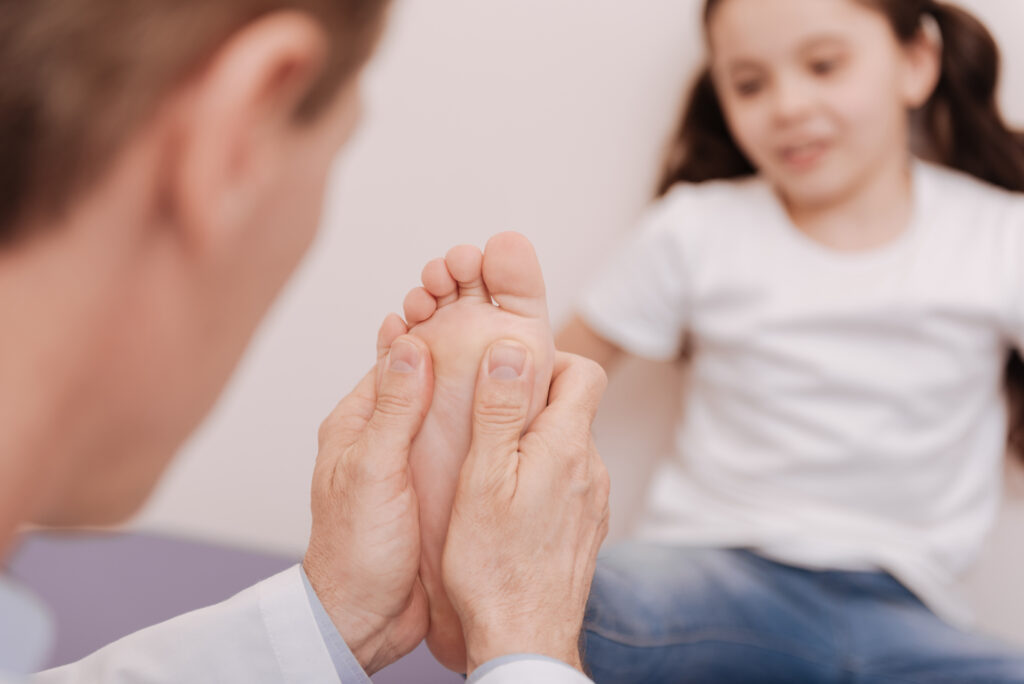What Is Plantar Fasciitis?
Plantar fasciitis is the inflammation of the band of tissue (the plantar fascia) that connects your heel bone to the ball of your foot.
Common Types of Plantar Fasciitis
The most common cause of plantar fasciitis is malalignment of the foot, such as flat feet; however, it is also seen in people with very high arches. Wearing non-supportive footwear on hard, flat surfaces can also put abnormal strain on the plantar fascia and can also lead to plantar fasciitis. Obesity and overuse are also contributing factors to plantar fasciitis.
How Do You Know When You Have Plantar Fasciitis?
Pain from plantar fasciitis typically is worse with the first step of the morning or after having been seated for long periods of time. After a few minutes of walking, the pain decreases because walking stretches the fascia. For some people, the pain subsides but returns after spending long periods of time on their feet. Other symptoms may include pain in the arch of the foot, pain that increases over a period of months, or swelling on the bottom of the heel
Plantar Fasciitis Diagnosis
Plantar fasciitis is diagnosed by a thorough physical exam. Your doctor will manipulate the foot and push on the heel. In addition, x-rays or other imaging modalities may be ordered.
Treatment For Plantar Fasciitis
Initial treatment is typically nonsurgical. Since tight calves increase the stress on the plantar fascia, stretching the calf muscles and plantar fascia can help ease pain. A night splint allows you to maintain an extended stretch of the plantar fascia. Exercise and other physical therapy measures may be used to help provide relief.
Walking barefoot puts undue stress on the plantar fascia and can exacerbate symptoms, so shoe-wear is recommended. Wearing supportive shoes with an arch support can reduce stress on the plantar fascia. Custom orthotics help correct the underlying structural abnormalities causing the plantar fasciitis. Placing pads in the shoe can soften the impact of walking. Taping and strapping can also help support the foot and reduce strain on the fascia.
Patients with plantar fasciitis should cut down on extended physical activities to allow the foot to rest. In severe cases, a removable boot may be used to keep your foot immobile for a few weeks to allow it to rest. Placing an ice pack on the affected area helps reduce swelling. Oral nonsteroidal anti-inflammatory drugs (NSAIDs), such as ibuprofen, may be recommended to reduce pain and inflammation. In stubborn cases, treatment may include injections of cortisone or local anesthetics.
Do you need surgery for plantar fasciitis?
Surgery is limited to patients who have failed nonsurgical treatment. Your doctor will be able to discuss different surgical options with you.
The Pediatric Orthopedic Center is the premier NJ hub for pediatric orthopedics, with three offices throughout northern NJ. Having been the leader in pediatric orthopedics in this area for over 30 years, we are the largest and most award-winning pediatric orthopedic practice in the tri-state area.



